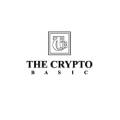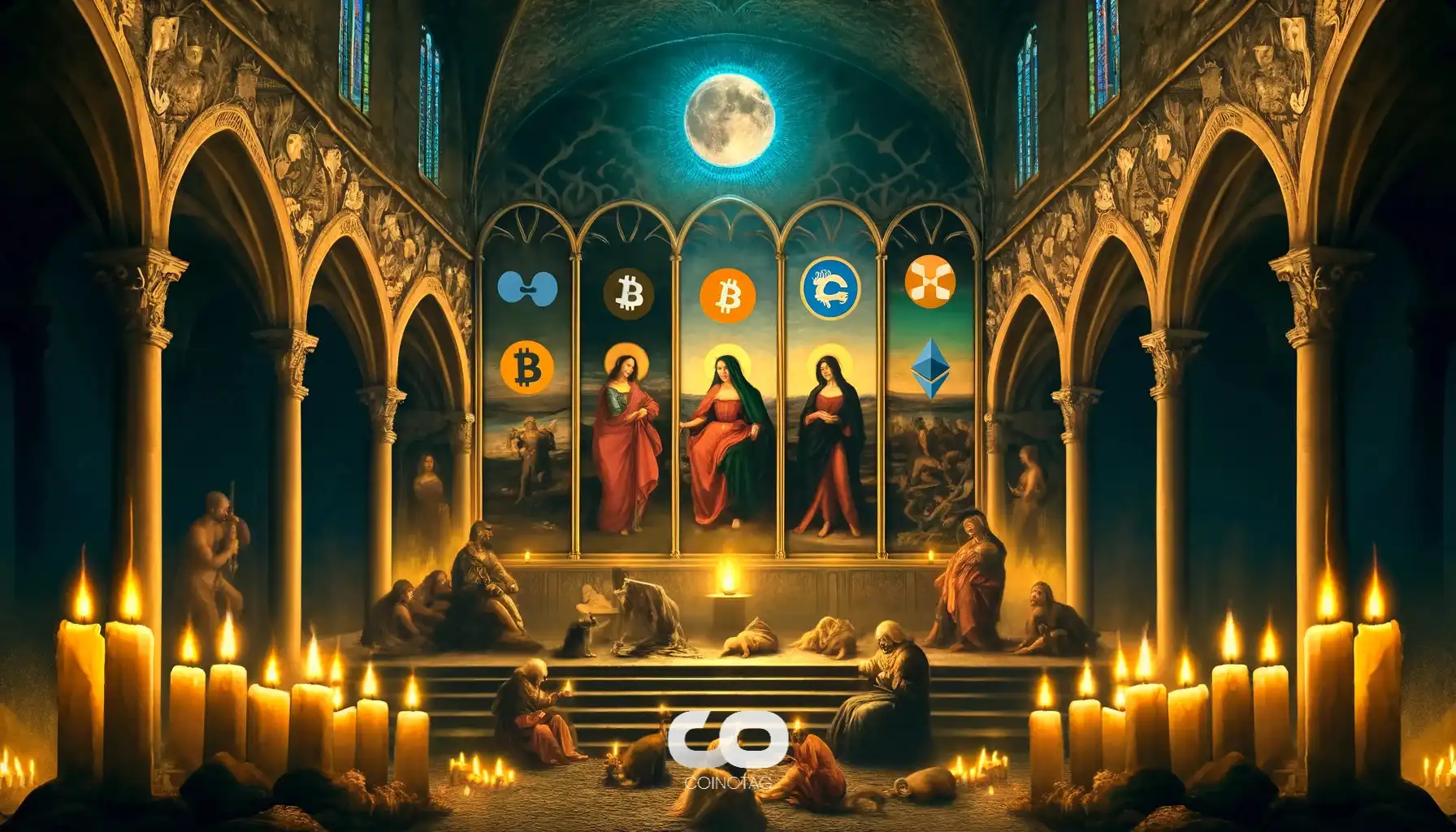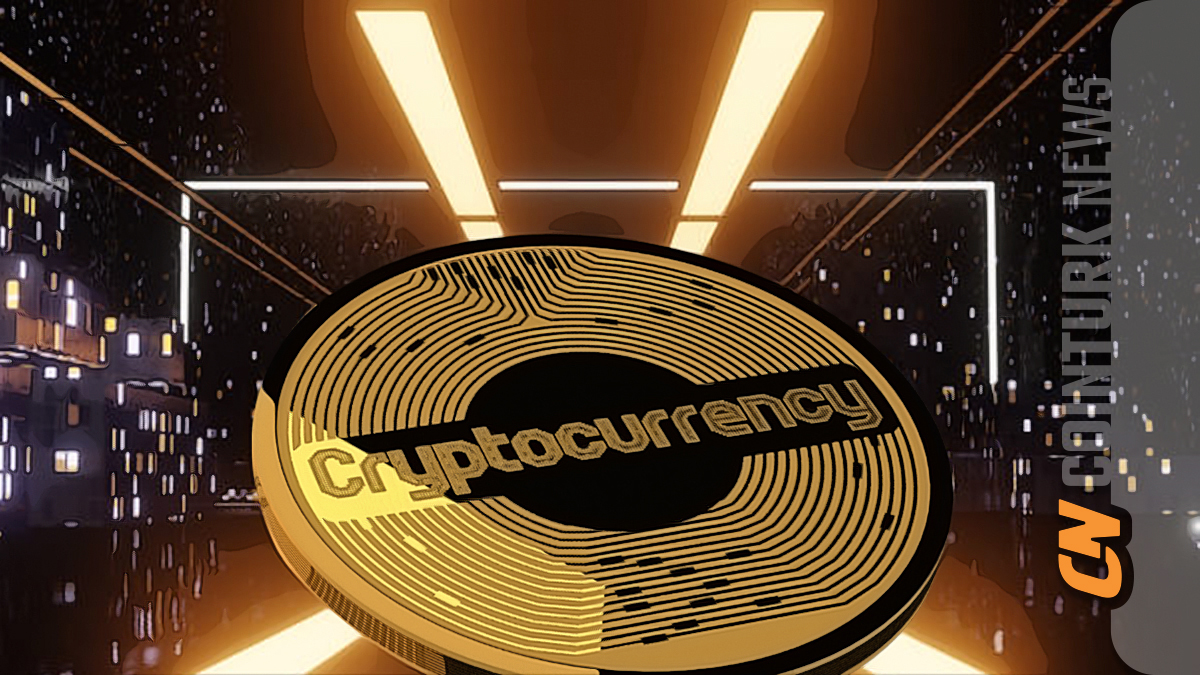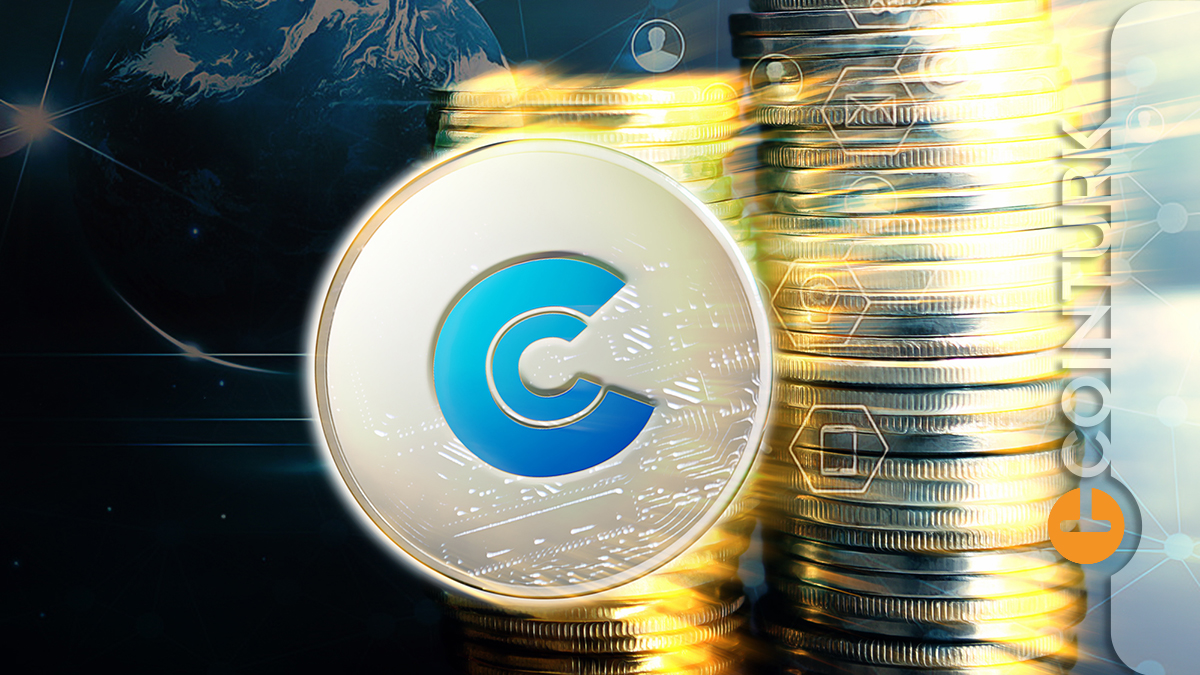Why Is Selling The Blur Airdrop Right Now A Bad Decision?
Key Points:
- The current NFT trading experience of Blur is far below the average level of DeFi.
- Essentially, what the NFT marketplace did right was find a product-market fit and design a platform focused on the best product experience.
- Blur is a representative of the NFT market and a pure bet on the NFT space because when the NFT market as a whole is doing well, it will benefit.
In terms of NFT volume levels, Blur’s gamified airdrop was an effective tactic that, up to this point, has allowed the market to stay up with OpenSea. That is a tactical success, but the NFT market has to continue cascading such tactical triumphs even if they only have fleeting effects. It appears that the market has internalized that lesson.
The “Second Season” $BLUR incentives, which would double all Bid and Listing Points on the market for the next month, were introduced after the airdrop. Here, a seasonal strategy makes a lot of sense.
Why selling $BLUR airdrop was a mistake, and why Blur’s bidding model is a game changer in the NFT space. Let’s take a look at some of the reasons we might not have noticed with Coincu.
User experience
In the NFT market, what is the most important aspect of product experience? It is nothing more than whether users can buy and sell NFT conveniently. Most of the current trading volume in the NFT market comes from whale users, who want only one thing: the ability to buy and sell large amounts of NFT quickly at a lower price.
The current NFT trading experience is far below the average level of DeFi. Before the appearance of Blur.io, the trading market for NFT was not optimized for professional high-volume trading markets, and the user experience was terrible. NFT transactions need to have at least similar usability to DeFi token transactions.
Next comes the second (and probably thorniest) pain point: liquidity. Although many projects have tried to solve this problem, including (but not limited to) NFT fragmentation, asset tokenization, and liquidity incentives (rewarded through trading volume/listing NFT), liquidity is still very weak.
If we wanted to sell 20 Doodles NFTs today, that would be impossible. It can take days to weeks to fully unwind, not to mention floor prices in a downward spiral. We need to actively readjust the floor price to do it.
Bidding point system
So what exactly does blur.io do? Next, let’s introduce its bidding points system.
Blur’s bidding mining model is essentially building a liquidity pool, and users provide ETH (not WETH!) to the liquidity pool, just like Uniswap’s AMM innovation for DeFi.
On the other hand, the models of OpenSea, LooksRare, and X2Y2 are pending order transactions, which makes them illiquid, and NFT prices are not accurate enough. Blur’s bidding system incentivizes users who want to receive airdrops to actively provide liquidity and take the risk of the corresponding NFT price after the bid is accepted.
Essentially, what Blur.io did right was find a product-market fit (for those professional NFT traders) and design a platform focused on the best product experience. Users get deeper liquidity on Blur than OpenSea, which allows whales to easily buy/sell large amounts of NFTs.
Token allocation
With the release of the $BLUR token, the project is one of the most successful in shifting the power of protocol value distribution to the community. $BLUR’s initial circulating supply of 360 million tokens (12% of supply) was distributed to the community, so what about the rest?
Most of the airdrops from the first round have already been claimed, and $BLUR’s transaction volume exceeds billions of dollars. Users who wanted to sell the airdrop should have done so by now, with tokens transferred to more committed holders.
Selling pressure in the first year is likely to be strong, as the circulating supply will nearly triple to 1 billion by the end of the year. Even so, most tokens are owned by the community. Tokens allocated by investors/teams have a lock-up period of 4+ years.
In our opinion, Blur is a representative of the NFT market and a pure bet on the NFT space because when the NFT market as a whole is doing well, it will benefit.
Assuming Blur becomes the NFT market leader in the future, the current FDV of $2-3 billion is likely to be justified since OpenSea is valued at $13 billion.
Currently, the largest exchange, Binance, has not yet listed Blur. Once Blur’s dominance in trading volume is maintained and gains further traction, listing on Binance is inevitable. Plus, if the allure continues to build, more money will pour in.
Even if OpenSea wanted to compete, they would have to lower the cost of user transactions and royalties (which they already do), but to really compete with Blur on liquidity; they might have to move to a similar model to Blur.
Also, developing new products may introduce bugs. Once this happens, it could completely destroy OpenSea.
So when will OpenSea issue coins? Considering the regulatory environment and their desire for an IPO, it is basically impossible. It also doesn’t make sense from a business/investor perspective. They have no reason to give up.
Profitability
Are they profitable?
The Blur team may have a deeper understanding of the NFT market than OpenSea. LooksRare and X2Y2 are focused on growing platform volumes rather than the most important thing: liquidity.
The models used by Looksrare and X2Y2 incentivize Wash Trading to a certain extent, essentially fake trading volume, and do nothing to improve the product experience.
In other words, this kind of Ponzi economics is designed to attract retail investors who want to earn dividends. There’s nothing wrong with that, by the way, it’s just a matter of preference.
How does Blur plan to maintain its liquidity depth when the airdrop/token incentive ends?
Good question, but this has been repeated many times in multiple podcasts. The Blur team is well aware of this and will optimize the platform for long-term growth.
As a two-sided market, as long as the user experience is top-notch and prioritized by the team, users will remain sticky to the platform. So product experience comes first. OpenSea is a good example. Even if they don’t have a token, users have been using it until Blur came along.
The Blur team is not making any money yet, as the marketplace fee is still 0%. As you all know, they have investment support from Paradigm.
Product experience is key. Most of the protocols Paradigm has invested in prioritize this, and Blur is no exception.
DISCLAIMER: The Information on this website is provided as general market commentary and does not constitute investment advice. We encourage you to do your own research before investing.
Join us to keep track of news: https://linktr.ee/coincu
Harold
Coincu News









